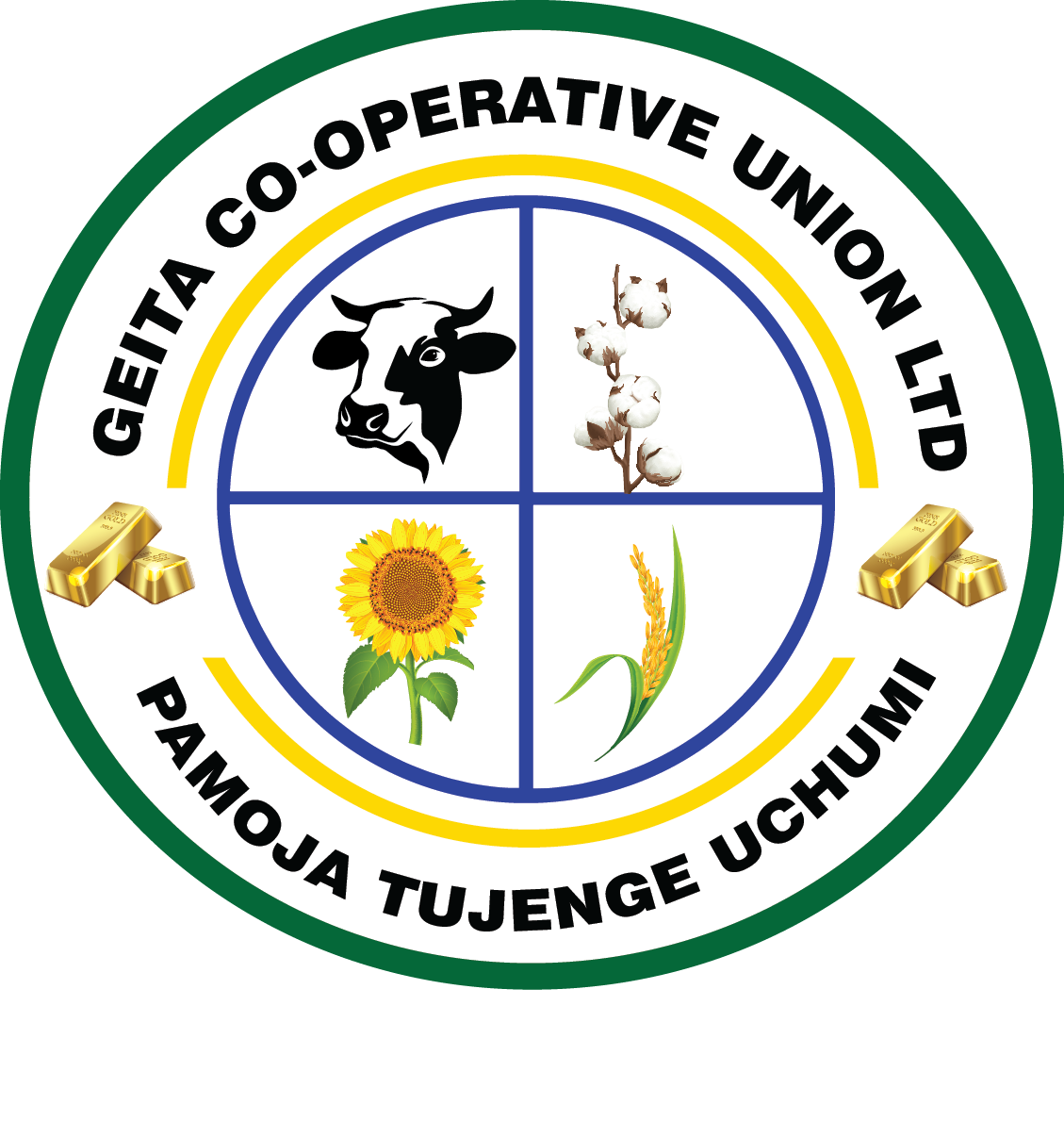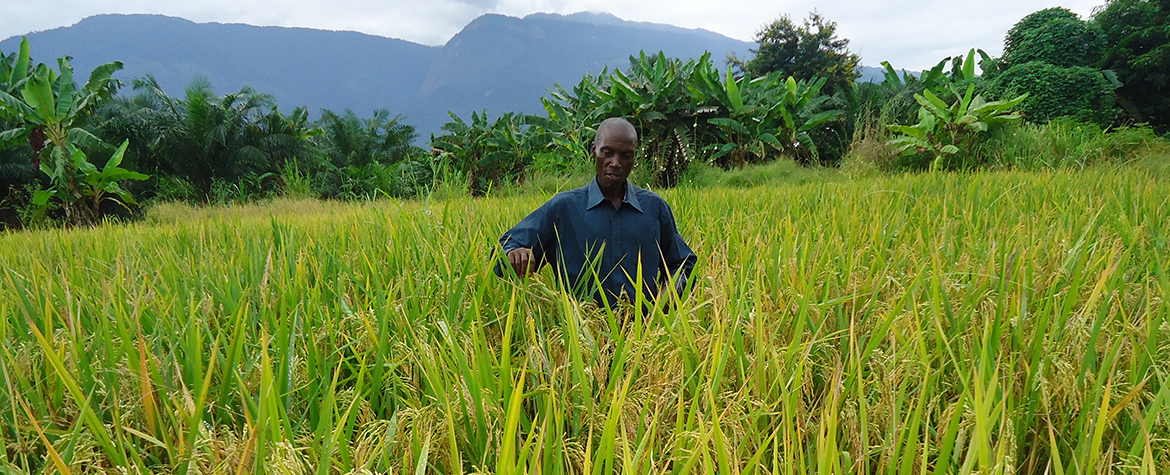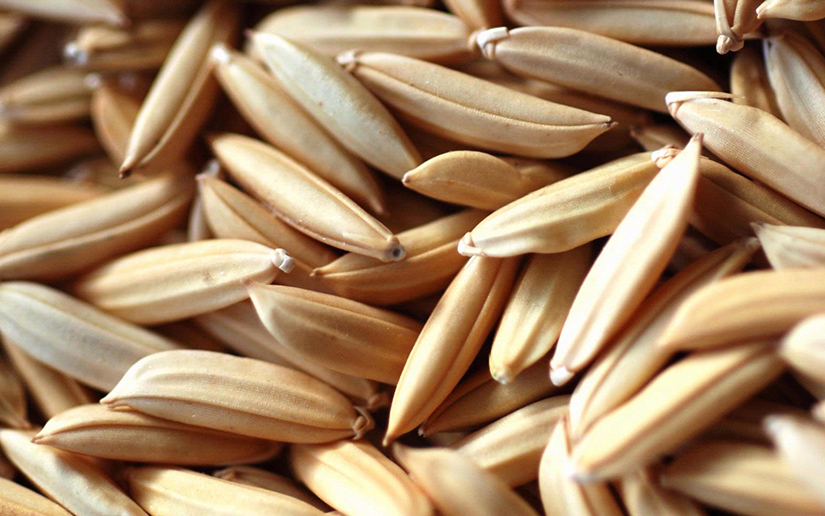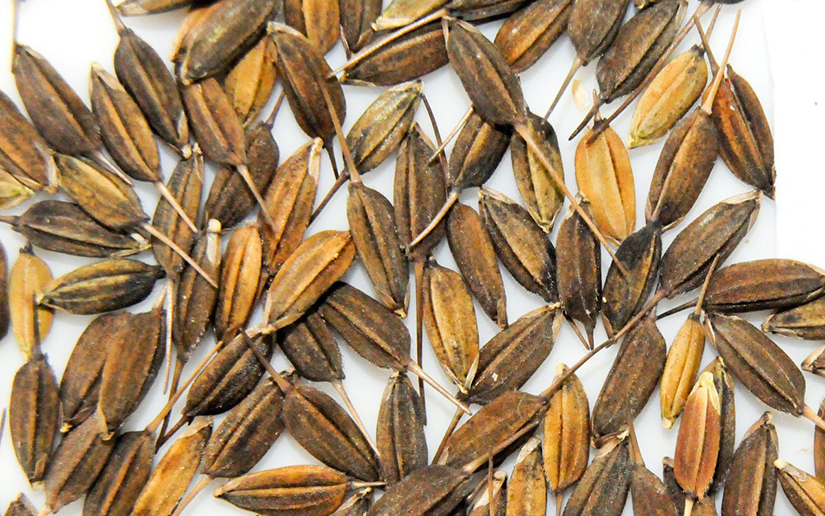In Tanzania, rice is the second most important food and commercial crop after maize with significant national
importance as a source of employment,
income, and food security for millions of rural households.
Most rice is grown under lowland rainfed conditions, some is grown with the aid of irrigation, and a
smaller amount still is grown in an upland system.
There are two types of species regarding paddy in the world namelly Oryza sativa and Oryza glaberrima
Paddy plant Types
Paddy Farming Processes
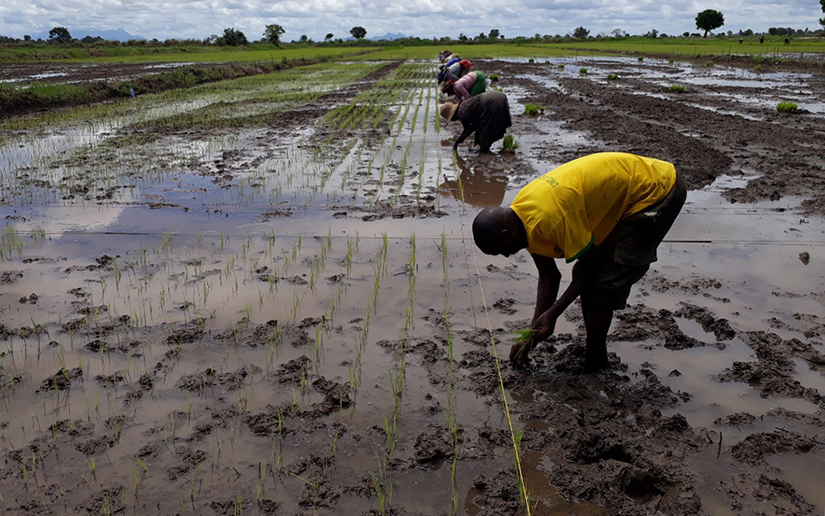
Seedlings may be transplanted by either machine or hand.Cultivated rice is extremely sensitive to water shortages. To ensure sufficient water, most rice farmers aim to maintain flooded conditions in their field. This is especially true for lowland rice. Good water management in lowland rice focuses on practices that conserve water while ensuring sufficient water for the crop.
Storing grain is done to reduce grain loss to weather, moisture, rodents, birds, insects and micro-organisms. Usually rice should be stored in paddy form rather than milled rice as the husk provides some protection against insects.
GCU(GEITA CO-OPERATIVE UNION) ensures the following regarding paddy planting:-
- Increasing availability of and access to agricultural inputs (seeds, fertilizers, pesticides, and appropriate farm machinery)
- Introducing improved varieties and integrated crop management options to close yield gaps, especially in irrigated rice systems
- Improving capacity for technology development, training, and dissemination systems
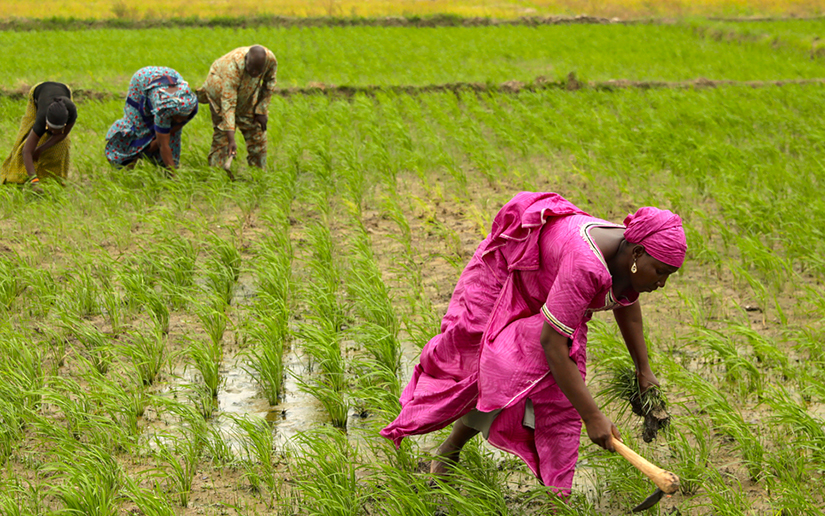
The rice plant has a wide array of ‘enemies’ in the field. These include rodents, harmful insects, viruses, diseases, and weeds. Farmers manage weeds through water management and land preparation, by hand weeding, and in some cases herbcide application.
GEITA CO-OPERATIVE UNION (GCU) ensures the following:-
- Enhancing access to and maintenance of agricultural equipment
- Rehabilitation and development of new irrigation schemes and improving irrigation and water-harvesting technology
- Increasing availability of and access to agricultural inputs (seeds, fertilizers, pesticides, and appropriate farm machinery)

Harvesting is the process of collecting the mature rice crop from the field. Depending on the variety,
a rice crop usually reaches maturity at around 105–150 days after crop establishment.
Harvesting activities include cutting, stacking, handling, threshing, cleaning, and hauling.
Good harvesting methods help maximize grain yield and minimize grain damage and deterioration.
Harvesting can be done manually or mechanically:
Gcu helps farmers under this process by:-
- Enhancing access to credit and agricultural finance
- Promotion of medium- and large-scale processing industry
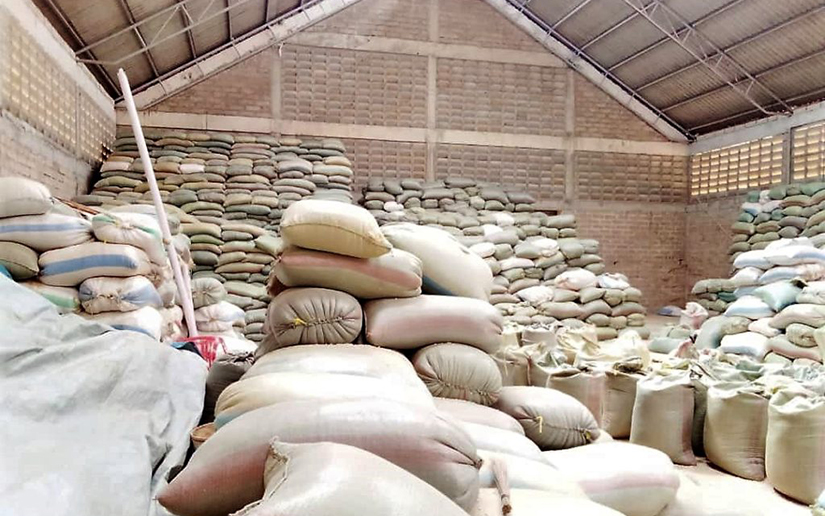
It involves drying and storing
Drying is the process that reduces grain moisture content to a safe level for storage. It is the most critical operation after harvesting a rice crop. Delays in drying, incomplete drying or ineffective drying will reduce grain quality and result in losses.
- All of the AMCOS are provided with financial help which will help them build their own ginneries.
- Provide enough land which will enable drying paddy
- Provide farmers with vehicles which will help farmers transport their crops to ginneries.
- For those farmers who will wish not to transfer their crops instead sell them GCU makes sure it buys the crops and later on grant is rewarded to the farmer.












